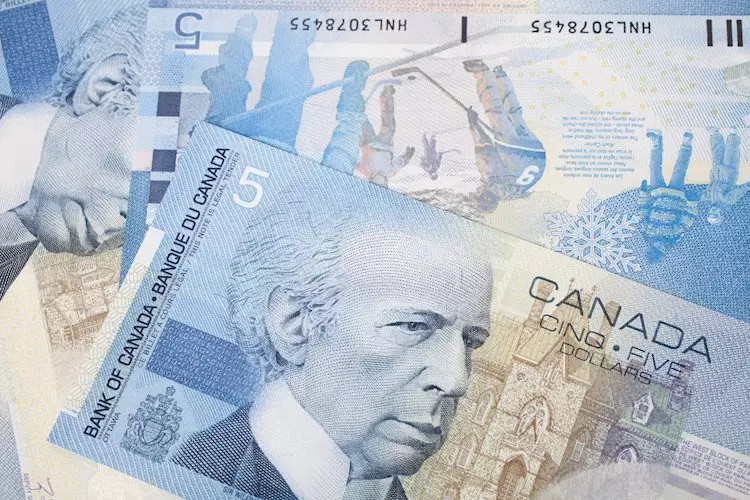The evolving landscape of the US Dollar (USD) paints a complex picture currently characterized by a consolidation phase approximately around the 106.50 mark. This state arises following a positive close on the previous Wednesday, fueling speculation and analysis among economists and market participants alike. The USD’s movement is crucial, given its role as a reserve currency and a barometer for global economic health.
On November 21, significant economic data releases are anticipated, notably the weekly Initial Jobless Claims alongside Existing Home Sales data for October. These indicators serve as critical snapshots of the US economy. Initial Jobless Claims provide insights into the labor market, while home sales reflect consumer confidence and economic vitality. A robust job market generally suggests strong consumer spending, which in turn can drive economic growth. Conversely, a spike in jobless claims may lead to concerns over economic slowdowns, influencing the USD’s performance.
Alongside this, regional manufacturing surveys from the Federal Reserve Banks of Philadelphia and Kansas City will add another layer of data for analysis. Manufacturing is often considered a leading indicator of economic health. Strong results from these surveys could bolster confidence in the USD, while weaker results might weigh on it.
This week has seen the USD exhibit strength, particularly against the Japanese Yen, which continues to be under pressure. Current trading dynamics show the USD/JPY pairing experiencing bearish tendencies, having recently dipped below the critical level of 155.00. Such fluctuations illustrate the ongoing volatility in currency markets where macroeconomic factors heavily influence trading decisions.
A deeper analysis of currency strength reveals that the USD is primarily robust due to a cautious market sentiment and a gradual increase in US Treasury bond yields. As of Thursday morning, the yield on the benchmark 10-year Treasury bond stands stable around 4.4%. This stability provides a comparative advantage to the USD, attracting international investors seeking favorable returns.
Central to the dynamics of the USD is the Federal Reserve’s monetary policy. The Fed’s mandates—price stability and full employment—are instrumental in shaping economic outcomes. The Fed employs interest rate adjustments as its primary tool to maneuver through economic conditions. An uptick in inflation above the 2% target typically prompts the Fed to raise rates, making the USD more attractive to investors.
Conversely, if inflation registers below the desired level or unemployment rates surge, the Fed may lower interest rates to stimulate borrowing and spending. Such actions can exert downward pressure on the USD. The eight regular policy meetings held by the Federal Open Market Committee (FOMC) each year allow Fed officials to reassess economic conditions and recalibrate their approach accordingly.
Future Considerations and Global Interactions
Crucially, commentary from Fed representatives is expected to be closely scrutinized in the market. Noteworthy figures such as Cleveland Fed President Beth Hammack and Chicago Fed President Austan Goolsbee are scheduled to deliver key speeches that could provide insight into future policy directions. Market participants often rely on these perspectives to gauge potential shifts in monetary policy that could impact asset allocations.
Additionally, the Bank of Japan’s Governor Kazuo Ueda’s remarks regarding a cautious, meeting-by-meeting approach underscore the complexities of global monetary policy decisions. Ueda’s assertion that they consider exchange rate movements indicates that international monetary conditions and currency valuations are interconnected, further complicating the dynamics of the USD.
The gold market, represented by the XAU/USD pairing, has shown resilience in recent sessions, maintaining gains and demonstrating its appeal as a hedge against economic uncertainty. With gold prices trading above $2,660, this reflects investor sentiment towards stable asset classes amid volatility in currency markets.
Moreover, the CAD’s performance against the USD has sparked discussions following small gains on Wednesday. The upcoming release of the New Housing Price Index data from Statistics Canada will be another factor to watch, as housing markets significantly influence currency valuations across the North American landscape.
The current dynamics of the US Dollar are shaped by a multitude of factors ranging from domestic economic indicators and Fed policy to global currency interactions. As the situation unfolds, market participants will need to remain vigilant, adapting their strategies in response to continuous economic developments and changing monetary policies.

